Schnitzel Types Keys to Authentic Preparation
10 min read Explore various schnitzel types and essential techniques to achieve authentic German-style results at home. June 25, 2025 00:05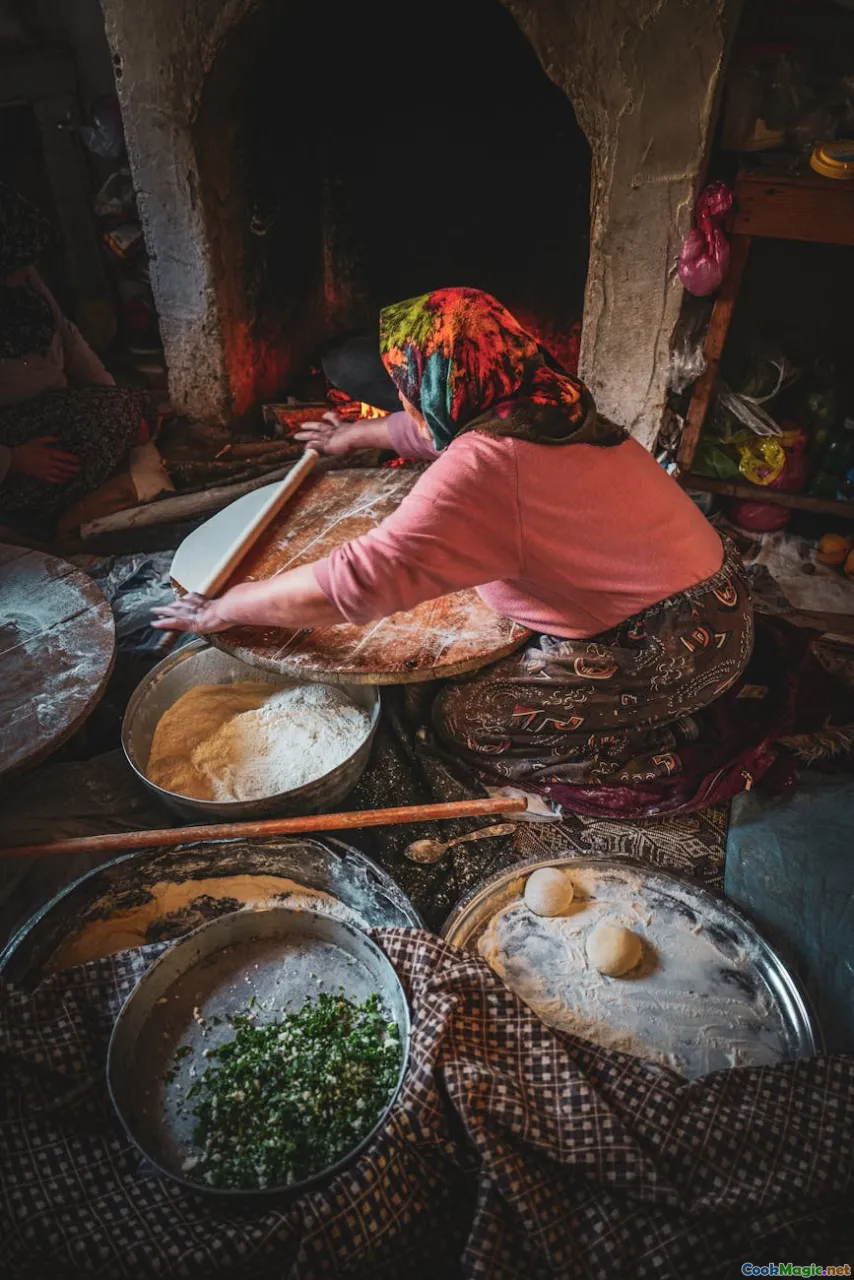
Schnitzel Types and Keys to Authentic Preparation
Few dishes evoke the warm, comforting aroma of a perfectly prepared schnitzel—a crispy, golden-brown blanket hugging tender meat, bursting with savory juiciness and complemented by tangy lemon and herbs. Rooted deeply in German culinary tradition, schnitzel isn't merely a dish; it's a cultural emblem, a celebration of hearty flavors, craft, and history. From bustling Berlin beer halls to family-run taverns in Bavaria, mastering authentic schnitzel is a pursuit that connects us to centuries of tradition.
In this exploration, we’ll delve into the various schnitzel types, uncover essential keys to authentic preparation, and share stories and tips that elevate your culinary journey.
The Roots of Schnitzel: A Cultural and Culinary Heritage

Schnitzel's story begins centuries ago in regions of Central Europe, notably Austria and southern Germany. The Viennese Schnitzel, a variation of the Italian veal cotoletta alla milanese, became world-famous through Austrian culinary exports. These thin, breaded veal cutlets exemplify the foundational concept: tender, lightly seasoned meat enrobed in crunchy, golden breadcrumbs.
In Germany, schnitzel evolved into a versatile canvas, using various meats and regional ingredients while maintaining its core identity—crispy, savory, and memorable. Whether served in rustic alpine huts or elegant Berlin restaurants, the dish's soul remains rooted in craft, history, and love for hearty, simple flavors. It’s a cherished dish that has traveled through time, adapting locally but eternally loyal to traditional principles.
Types of Schnitzel: Exploring Variations and Regional Flavors
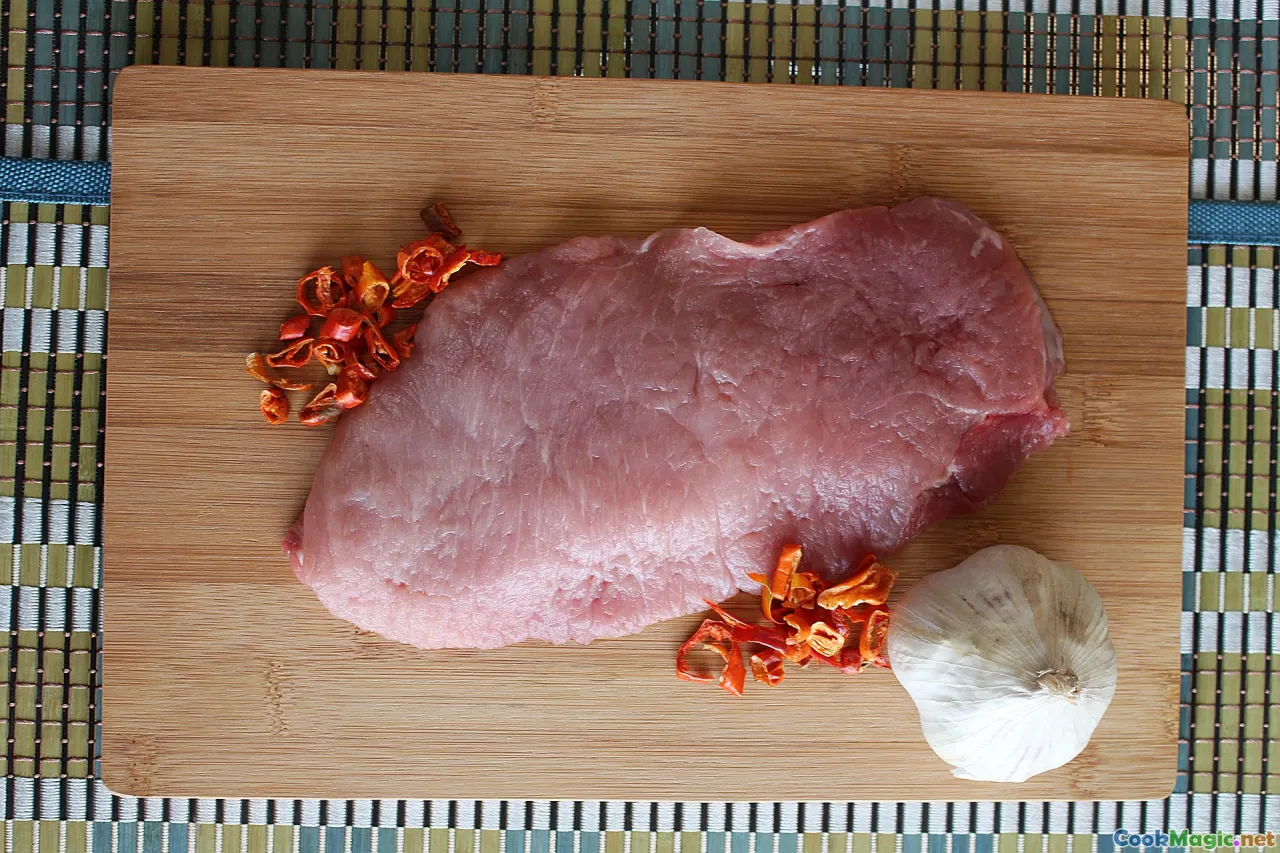
Wiener Schnitzel — The Classic
The quintessential schnitzel—Wiener Schnitzel—embodies the purest form of this revered dish. Originating from Austria, it features thin, tender veal cutlets coated in flour, dipped in beaten egg, and covered generously with fresh, fine breadcrumbs before being fried to an impeccable golden hue.
The hallmark of an authentic Wiener Schnitzel is its delicate, melt-in-the-mouth texture. The outside offers a satisfying crunch, yet doesn’t overpower the subtle flavor of the veal. It’s traditionally served with lemon wedges, parsley potatoes, and lingonberry jam or cranberries—a combination that balances richness with bright acidity.
Jägerschnitzel — The Forest Hunter
Moving beyond the basic, Jägerschnitzel adds a hearty mushroom gravy—Jägersauce—to the fried cutlet. Typically made with wild mushrooms, onions, and a splash of white wine, this variation was historically popular among hunters and rustic eateries.
Picture a perfectly crispy schnitzel topped with a glossy, earthy mushroom sauce—oily, fragrant, and layered with umami. This dish embodies the depth of German forest flavors and echoes their love for foraged ingredients.
Schweineschnitzel — The Pork Perspective
While veal has a long-standing tradition, pork schnitzel (Schweineschnitzel) is universally loved for its accessibility, affordability, and robust taste. The pork loin or tenderloin, sliced thinly, provides a slightly firmer bite but remains juicy when cooked correctly.
In Southern Germany and the Bavarian regions, pork schnitzel is often prepared with regional herbs like marjoram or served with mustard-based sauces. Its versatility makes it a favorite in everyday family kitchens.
Other Regional & Modern Variations
Other noteworthy types include chicken schnitzel—popular in modern cafes for its lighter, milder flavor—and breaded fish schnitzel, blending coastal ingredients with tradition.
Additionally, inventive chefs experiment with gluten-free or spiced breading, demonstrating that schnitzel, at its heart, is adaptable yet rooted in time-honored methods.
The Keys to Authentic Schnitzel Preparation
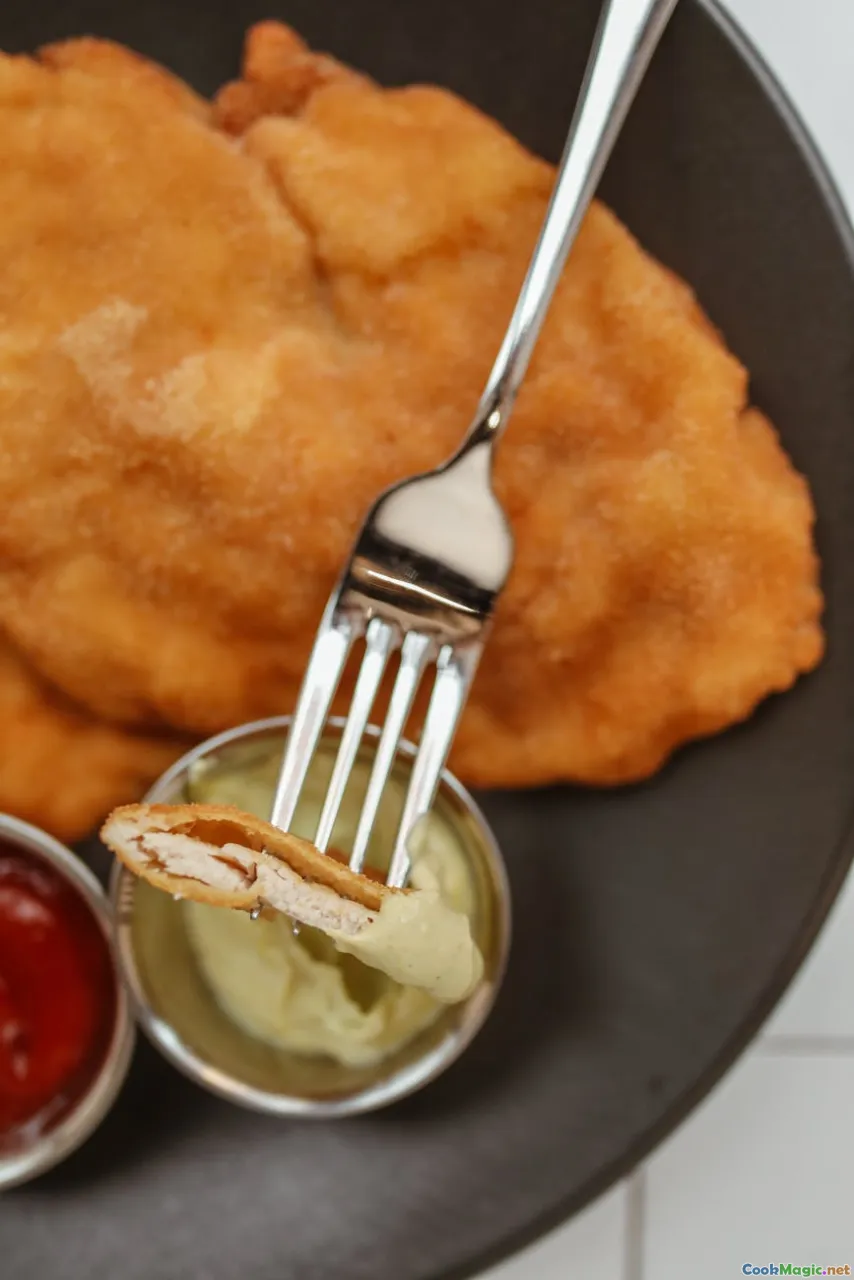
Selecting the Right Meat
Authenticity starts with quality ingredients. Veal, traditionally used for Wiener Schnitzel, must be young, tender, and lightly flavored—ideal for delicate breading and quick frying. For pork or chicken versions, choose lean cuts sliced thinly—mallet or slicing under cold water helps achieve an even, tender result.
The Perfect Breading Ritual
The hallmark of a crispy, well-structured schnitzel lies in its breading. Use three separate dishes: seasoned flour, beaten eggs, and fine fresh breadcrumbs—preferably panko for extra crunch.
- Flouring: Lightly dredge the meat, shaking off excess.
- Egg wash: Completely coat the floured cutlet, ensuring the breadcrumbs will adhere, creating a moisture barrier.
- Breadcrumbs: Press lightly into the meat, ensuring an even, thorough coating.
The Frying Technique
Traditional schnitzel is fried in clarified butter or a mix of butter and vegetable oil at 170–180°C (340–355°F). This high heat creates rapid, even browning with minimal oil absorption.
Use a heavy skillet and avoid overcrowding—frying in batches if necessary—to maintain the proper temperature. The schnitzel should be fried for 2–4 minutes per side, until the outside is crisp, golden, and the meat is cooked through.
Resting and Serving
Once fried, place schnitzels on a wire rack or paper towels to drain excess oil. Rest for a moment to settle, then serve immediately for maximum crispness.
Always accompany with traditional sides—lemon wedges, potato salad, or spaetzle—and a cold German pilsner or regional apple wine for the full experience.
Personal Insights and Culinary Tips
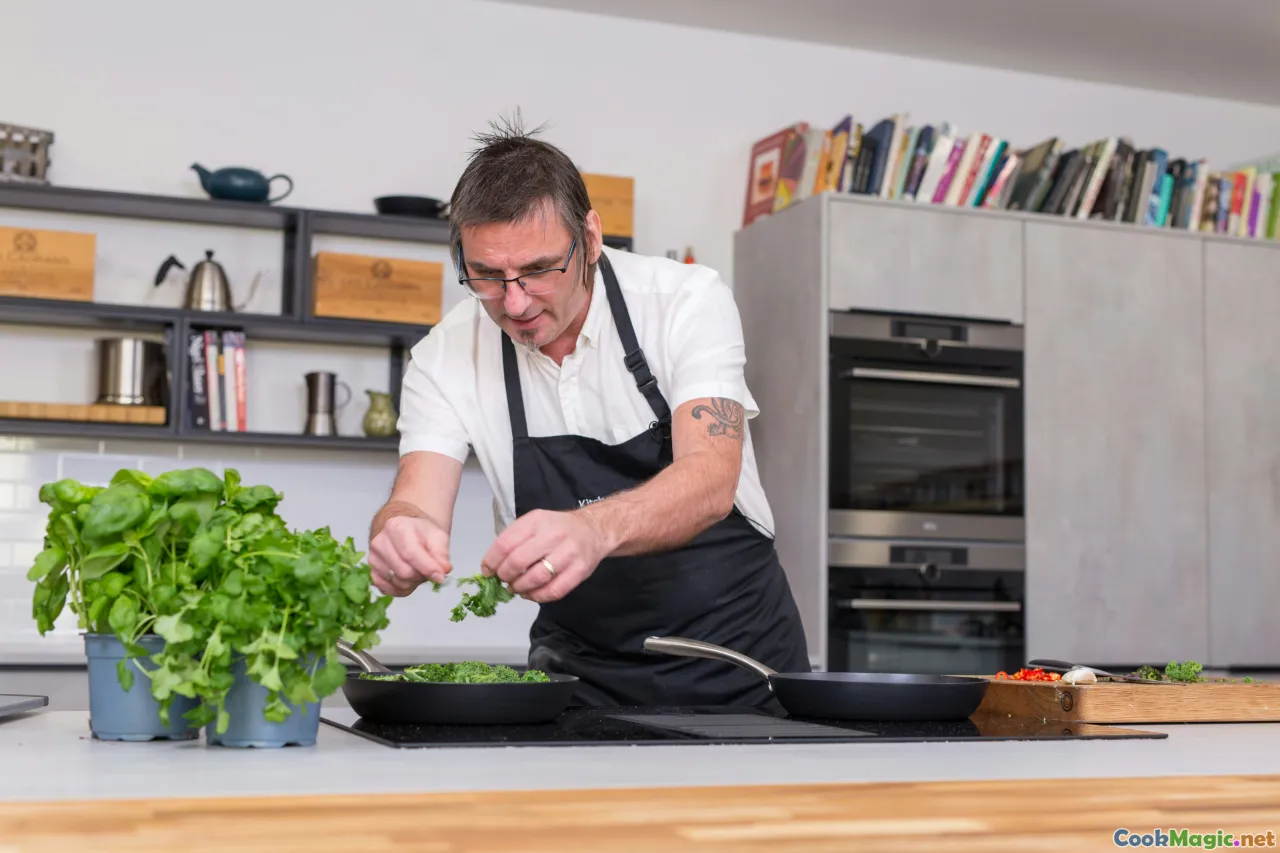
- Lean But Tender: If using pork or chicken, consider brining lightly with salt water before breading to boost moisture and tenderness.
- Breadcrumb Quality: Opt for fresh, fine crumbs. For added flavor, incorporate herbs or grated Parmesan into the breadcrumb mixture.
- Temperature Control: Use a thermometer and maintain consistent oil temperature. Too hot, and the breading burns before the meat cooks; too cool, and it absorbs excess oil.
- Modern Twists: Don’t shy away from experimenting. Serve schnitzel topped with a fried egg (“Schnitzel mit Ei”) or with spicy mustard and sauerkraut.
Traditional Places, Cultural Variations, and Personal Stories
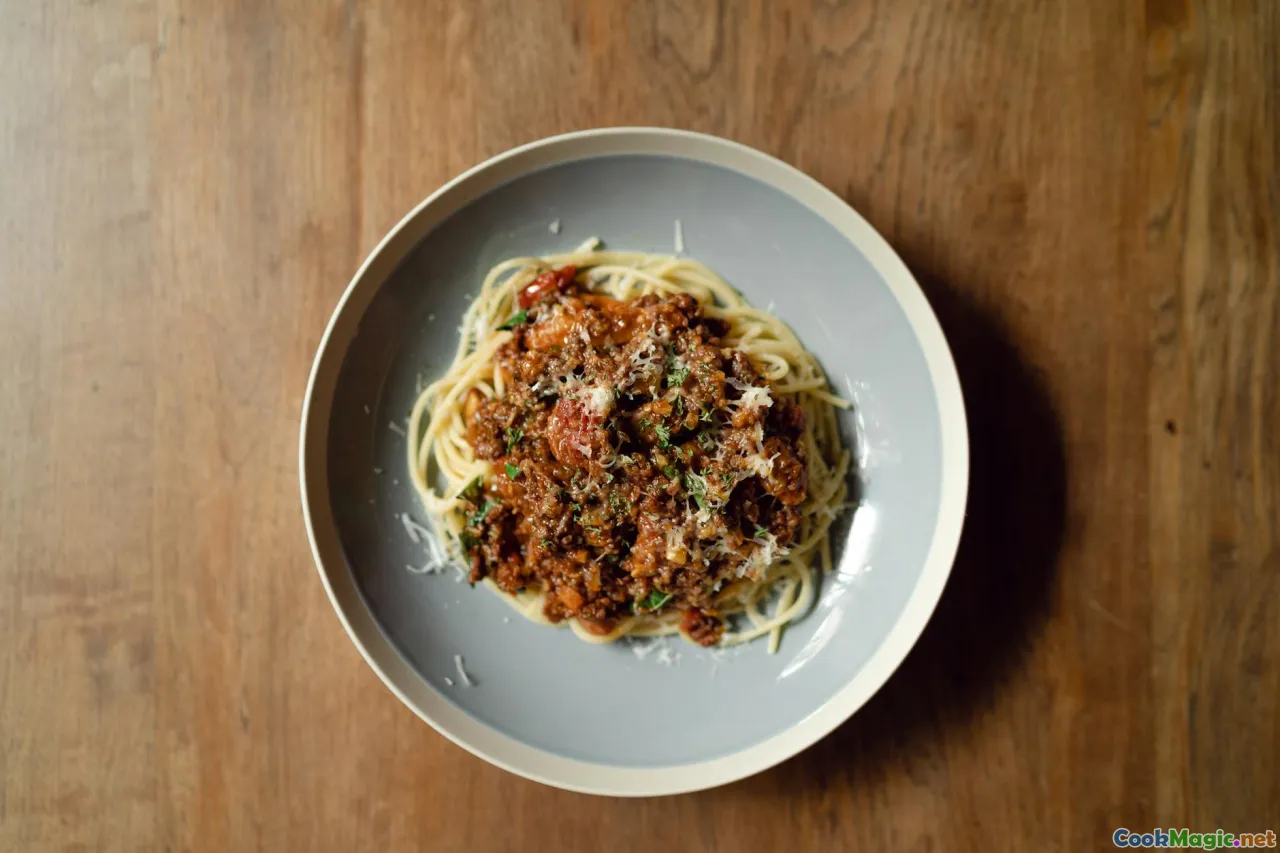
In Munich’s beer gardens and Vienna’s historic coffeehouses, the scent of schnitzel heralds gatherings—shared laughter, stories, and generations of culinary heritage. I remember visiting a small tavern near Salzburg, where a grandmother hand-rolled each breadcrumb coating, her hands moving with practiced grace. The harmony of her technique rendered the schnitzel not just a dish but a life story.
Culinary love manifests in these acts—from selecting the best veal to finishing with a squeeze of lemon or a dusting of fresh parsley. Authenticity isn’t just in the recipe; it’s in the meticulous care, cultural reverence, and shared joy of the process.
Celebrating Schnitzel: From Classic to Contemporary
The beauty of schnitzel lies in its timeless appeal and adaptability. Whether sticking faithfully close to regional traditions or reimagining it with contemporary ingredients like gluten-free breading or plant-based substitutes, the essence endures: a crispy lover’s delight—a dish that unites family, history, and heartfelt cooking.
So, next time you crave a taste of Germany’s culinary soul, remember: authenticity springs from respect for tradition, careful technique, and a touch of passion. As you cook or enjoy schnitzel, let it remind you of the rich heritage that makes each bite not only delicious but profoundly meaningful.









